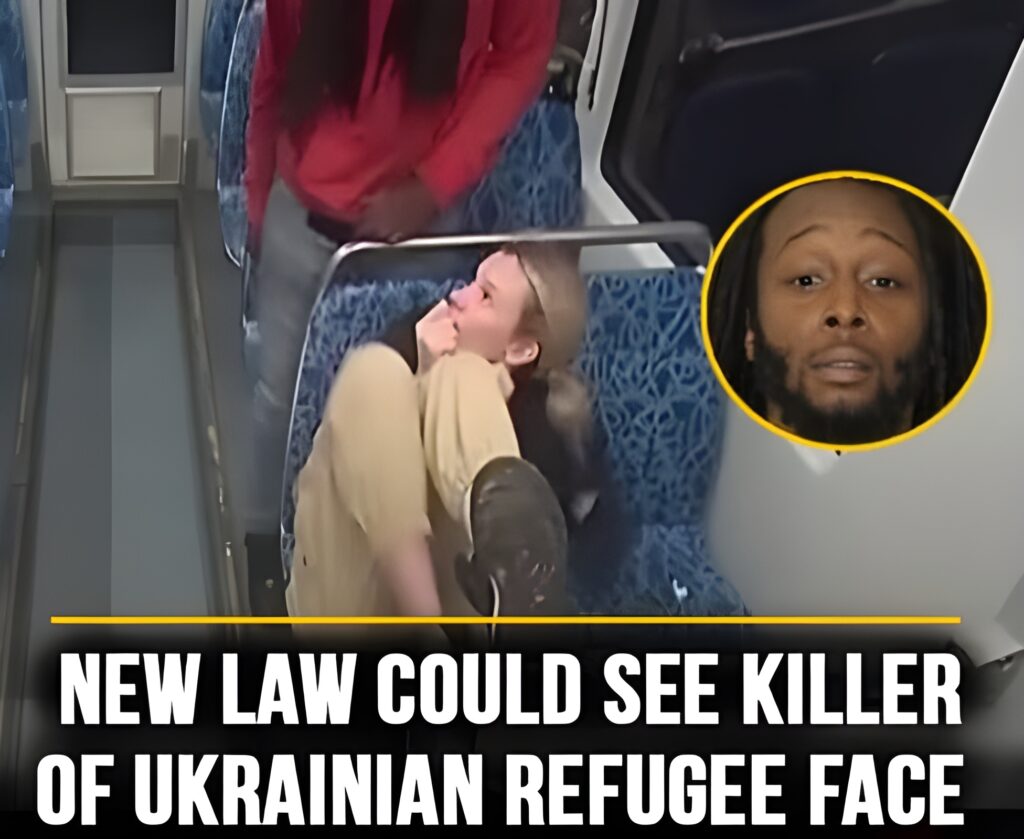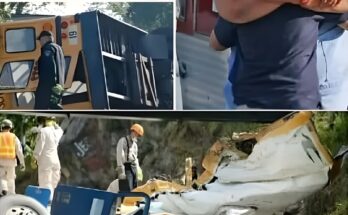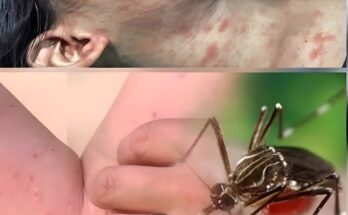
It happened in the middle of the day—when the sun is high, the streets are busy, and danger feels far away. Yet, in full view of bystanders and cameras, a shocking act of violence unfolded. What began as a tense encounter erupted into a full-blown assault—swift, brutal, and horrifyingly public.
The footage is chilling: an unsuspecting victim attacked without warning, surrounded by people who freeze in disbelief. Some try to intervene, others simply watch in shock. Then the assailant bolts—leaving behind silence, confusion, and fury.
This wasn’t just an attack on one person. It was an attack on the sense of safety we all rely on when we step outside.
What We Know So Far 🔍
While facts continue to emerge, these disturbing patterns are becoming all too familiar:
- The assault was unprovoked or escalated from a minor dispute.
- It happened in a crowded public space—a street, market, or transit area.
- Witnesses recorded the violence, spreading it online within hours.
- The victim was defenseless, caught completely off guard.
- The attacker fled into anonymity, disappearing before help could arrive.
Recent examples echo the same horrifying script.
In Los Angeles, a driver clashed with a group of cyclists—until the argument turned savage. Witnesses watched in horror as several assailants kicked, stomped, and beat the man as he lay helpless. (New York Post)
In Brooklyn, a 21-year-old was executed in broad daylight outside an auto shop. The gunman circled on a scooter, approached the victim, and fired point-blank. Surveillance footage captured every second. (New York Post)
Each incident rips away the illusion of safety we associate with sunlight and open streets.
Why the Outrage Is So Intense ⚡
People aren’t just angry—they’re deeply shaken. Here’s why these attacks hit so hard:
1. A Breach of Public Trust
We expect danger in the dark—not at noon. When violence strikes in plain view, it feels like the world has turned upside down.
2. Witnessed by All
Video evidence makes the horror impossible to ignore. The outrage multiplies as millions see the brutality unfold on screen.
3. Powerlessness of the Victim
An outnumbered, unarmed victim evokes instant empathy—and collective fear.
4. Lack of Accountability
When attackers vanish or remain free, anger festers. People ask, “If this can happen so openly, what’s protecting us?”
5. Cracks in Social Order
Each attack chips away at public trust—in institutions, policing, and even one another.
The Ripple Effect 🌊
The consequences extend far beyond the crime scene:
- Victims endure trauma, injury, and lasting fear.
- Witnesses struggle with guilt, shock, and helplessness.
- Communities lose confidence in their safety.
- Media coverage turns the event into a flashpoint for debates on crime, policing, and social decay.
- Officials face pressure for stronger patrols, better surveillance, and accountability.
What starts as one violent act becomes a symbol of deeper fractures in our society.
What This Says About Our Times 🕰️
Daylight attacks reveal disturbing realities of modern life:
- A rise in desensitization—people witnessing violence without shock.
- Group or youth aggression, where chaos feeds on numbers.
- Easy access to weapons that turn tempers deadly in seconds.
- Social disconnection—anger, alienation, and mental strain bursting into violence.
- Systemic unpreparedness—from slow police response to gaps in prevention.
Voices from the Scene 🗣️
In Los Angeles, witnesses say the victim lay motionless as teens swarmed him. The beating only stopped when bystanders intervened.
In Brooklyn, business owners watched in horror as the fatal moment was caught on nearby surveillance cameras.
These stories remind us that behind every headline is a human being, and a community forever changed.
What Must Happen Next 🚨
To move from outrage to action, real change must follow:
1. Swift Investigation & Justice
Use every resource—footage, witnesses, forensic evidence—to bring perpetrators to justice.
2. Support for Victims
Provide medical aid, counseling, and legal support so survivors can rebuild their lives.
3. Safer Public Spaces
Improve lighting, increase patrols, and enhance surveillance in high-traffic areas.
4. Community Involvement
Empower residents and local groups to take part in prevention and neighborhood watch efforts.
5. Address Root Causes
Invest in education, youth programs, mental health, and social stability to stop violence before it starts.
In Summary 🌆
This disgusting attack in broad daylight isn’t just another headline—it’s a mirror reflecting a deeper crisis.
When violence erupts in plain sight, it doesn’t just wound the victim—it wounds public trust itself.
We watch. We mourn. We demand justice.
Because daylight should mean safety, not fear.



